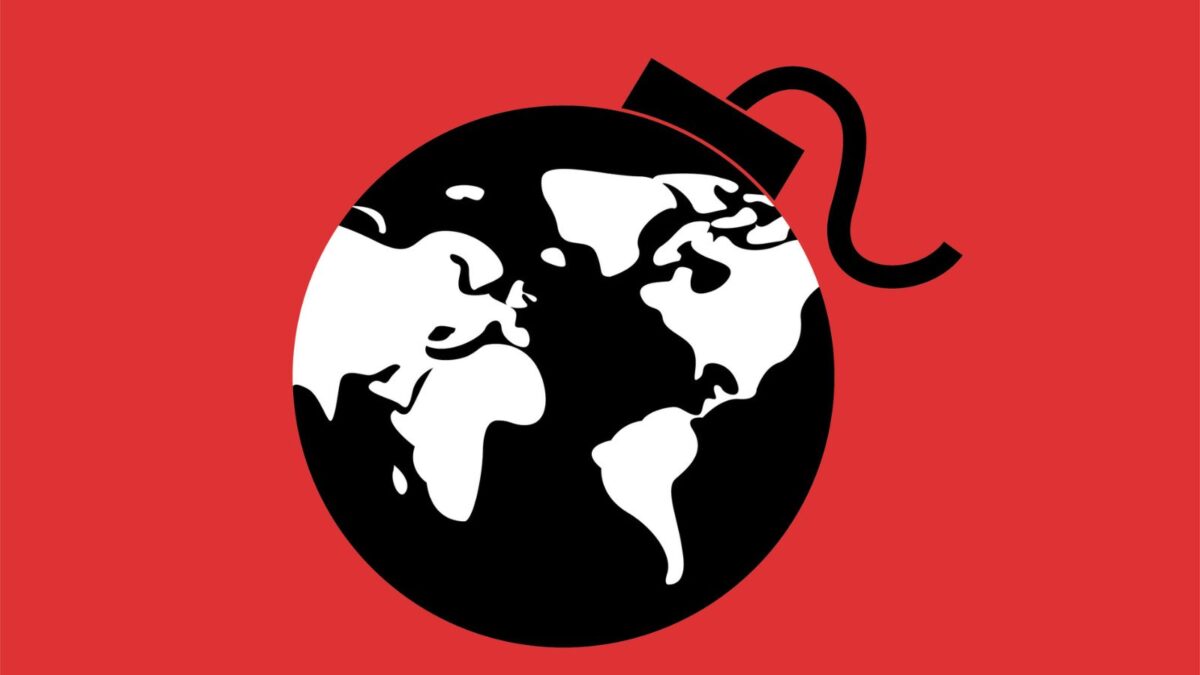Nowhere for asset owners to hide from ‘systemic’ geopolitical risk
All leading stock markets are “systematically vulnerable” to the same set of key risk hotspots, according to new research from global risk intelligence provider Verisk Maplecroft, with a trio of European indices most exposed.
Verisk Maplecroft mapped the global footprints of hundreds of public companies against the world’s key geopolitical risk hotspots, finding that Europe’s largest indices – the FTSE 100 (UK), CAC 40 (France) and DAX (Germany) have greater overall geographic exposure to geopolitical risks than their US or Japanese counterparts.
But despite their overall lower risk and fewer companies outside their home country, the S&P500 and Nikkei 225 are “markedly exposed to volatility” in the event of a geopolitical shock, especially one in Asia.
“Troublingly for asset owners and asset managers, these leading market indices aren’t exposed to dozens of different conflicts that can be easily avoided or diversified away. Instead, they are all systemically vulnerable to the same set of key risk hotspots: tensions between China, the US and its Asian allies, between India and China, between India and Pakistan, and between Russia and the West.
“When it comes to financial risks in the event of a major geopolitical shock, exposures on both sides of a dispute matter: a US-listed company, for example, doesn’t need to have sites in Russia to be exposed to potentially material impacts – it is enough to have key operations in sensitive European locations such as Norway or Poland.”
Around three quarters of the assets in the companies in the DAX index are located abroad, with 9 per cent in India. It’s a similar story for France and the UK, with 60 per cent and 56 per cent of assets located outside their listed home countries. The assets most exposed to geopolitical risk lie across the broad spectrum of media, insurance, healthcare delivery and telecoms services, among others.
The difficulty for the S&P and Nikkei is their preponderance of technology, electronics and AI-adjacent industries – think semiconductors – which are among the most exposed to geopolitical risk, especially in the event of a direct confrontation in Asia. For the S&P500 these risks are “potentially very material given the extremely high valuations currently associated with these industries”.
“Alongside these strategic industries, apparel and retail value chains, long characterised by growth-seeking in new markets and cost-optimising offshoring, are also at risk. The supply chain exposure of all these industries, while not directly quantified here, is likely to be as great or even greater.”
Australian super funds have been sending more and more of their members’ money offshore in the hunt for diversification and higher returns. While guaranteed inflows can offset some of the damage that comes from “hideous downside risk scenarios” by giving funds the liquidity to buy the bottom of any big sell-off, many have strengthened their investment governance frameworks in the wake of Russia’s invasion of Ukraine.
“Without data on the key locations of companies globally, it is the complex and often opaque cross-border vulnerabilities of foreign assets that can create blind spots in portfolios,” says Franca Wolf, Principal Analyst at Verisk Maplecroft and co-author of the report. “If tensions continue to rise, having a handle on this will be crucial for investors.
The role of international trade as a geopolitical battleground d will also “likely intensify” with the second Trump presidency heralding a return to economic protectionism, and businesses trying to insulate their operations by diversifying into “connector markets” like Mexico and Vietnam will be dealing with a less familiar set of political risks. There’s also a risk that “tit-for-tat” attacks between Iran and Israel escalate into a broader regional war, while the number of elections through 2024 means that businesses are faced with the question of whether new and incumbent governments “can maintain a stable operating environment”.
“The world has become less predictable. Traditional alliances and geopolitical battlegrounds are evolving as a wave of strategic competition drives uncertainty for global business,” the report says.. “From geopolitics and conflict to elections and trade, our data shows that the international system is heating up and creating a new risk baseline for multinational organisations across the world.”











